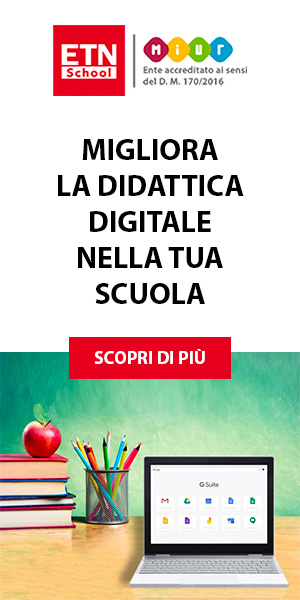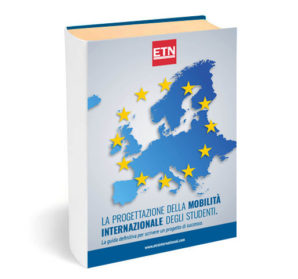It happens more and more often, maybe because of imminent summer: after two hours of lesson, I get out of my classroom sweating profusely, exhausted, covered with chalk from head to toe. But no way to do without. As long as I sketch sentences, maps, even pictures on the blackboard, my students attention is drawn… maybe just for a moment, but it is. On the contrary, if I address to them without the blackboard’s medium, it’s something like words wandering in the classroom without reaching them: the maiden’s eyes, glazed over, go for an undefined corner, then each sound I articulate loses its acoustic consistency, fading into the voice of the classmate sat next to her, with whom she starts chatting comfortably. And, at that point, each attempt to captivate their attention is pointless, no way to receive replies from them, and even my narration of bizzarre, truculent or obscene anecdots is useless, too! Communications are cut off.
The difficulty of students to hold their attention and their inability to deepen any matter is a phenomenon as widespread as we can’t dismiss it just by saying:”It’s students fault!”. We can’t go into a detailed dissertation now to find the causes of it, but no doubt they are generational, rooted and complex.
That means the time has come to provide every school, every classroom with those tools which allow to teach taking full advantage of the chances offered by technology. Those tools that, if used creatively and consciously, seem to be able to raise the students desire to learn, which these days, most of the time, at best is replaced by the ambition to “get good grades”.
In particular, we’re talking about IWB. The Interactive WhiteBoard, among all the benefits it provides (for example, the emancipation from chalk!), permits us to use iconic resources, so it succeeds in facilitating students who have different learning styles. Present day school has a universally recognized duty to be inclusive. In this regard, IBW, as eases pupils who have special needs (for example, learning disabilities), is an indispensable means for the enhancement of diversities, thereby meeting the needs of students who would have been disadvantaged in traditional classroom taught lessons. This is because IWB are multimedia: they encourage, besides auditory and kinesthetic learning style, above all a visual learning style.
Obviously, this is just one of the significant aspects referred to IWB used during the lessons that highlight its indispensability. The problem is that, usually, the schools own only few Interactive Whiteboards (I refer to my personal experience, so I’m talking about italian high schools), or sometimes they don’t at all. The main reason for this is that these devices are still quite expensive and, maybe, some headmasters haven’t realized how IWB can be important, yet. In the school where I teach (definitely much more ITC-oriented than others), there is just one IWB, in the computer lab, so we can use it very rarely. It is not enough to change our teaching habits, to overcome the deep educational crisis we are currently going through. The day each school, each classroom has at its disposal an IWB, at last we can count on a tool which is crucial, in my opinion, to provide motivation for learners and serenity for teachers. Teachers, in particular, have the duty to be ready for that day, gaining experience in using IBW, in the meanwhile.
I can’t tell the colleague anything, but: hang in there… our allied troops are coming (we hope…)!


















